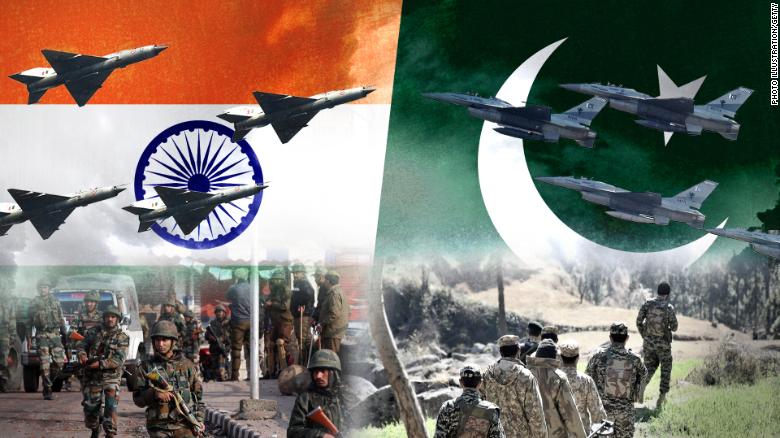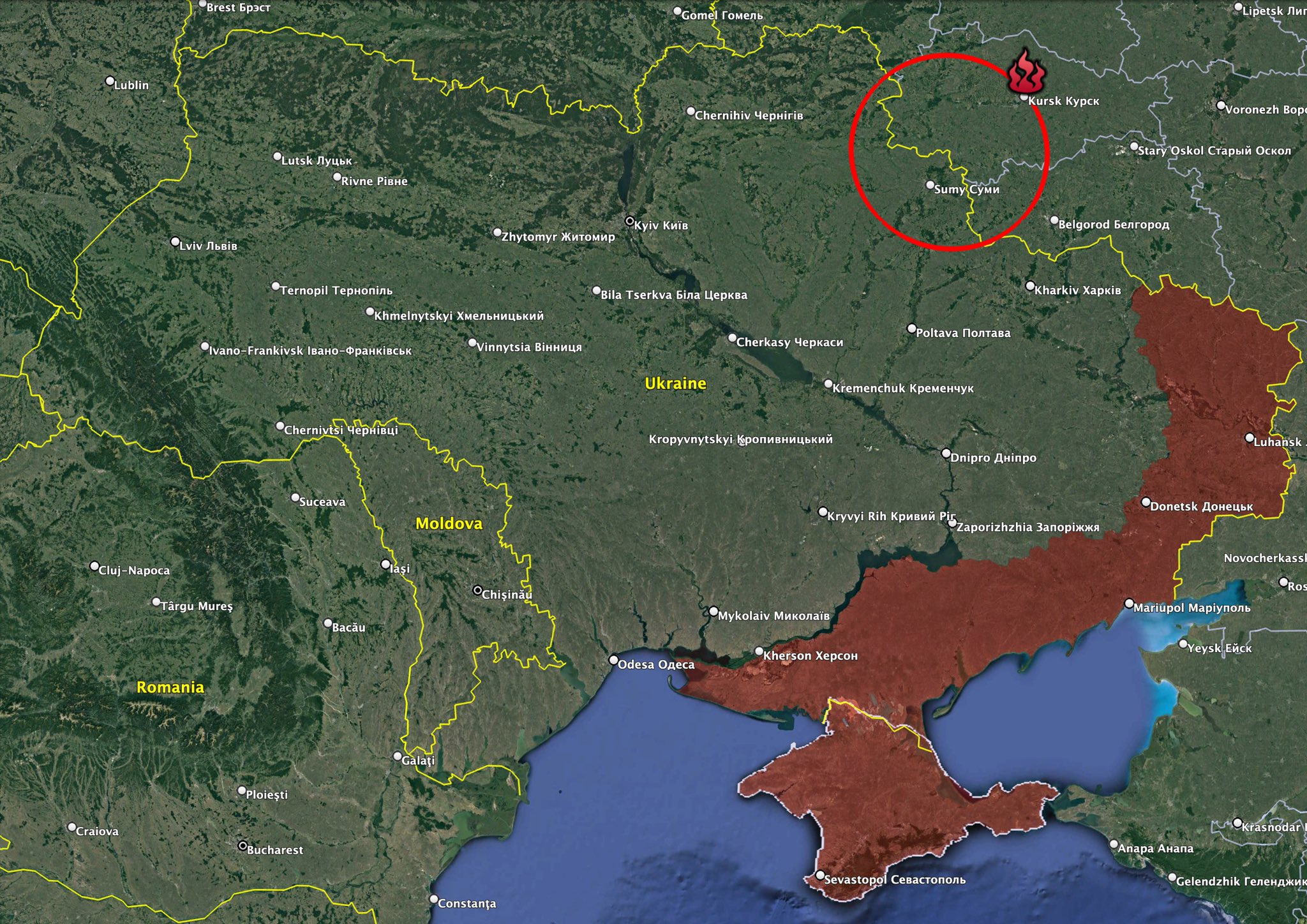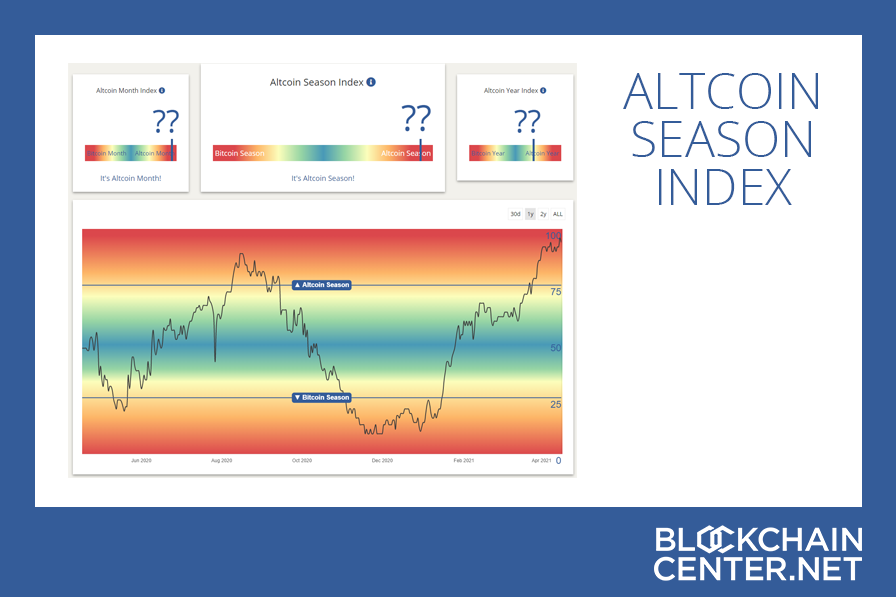Alright, folks, let’s cut through the noise. The situation in Ukraine remains a powder keg, and the last 24 hours have been particularly explosive. Russia is doubling down on its offensive, claiming gains in the Donetsk region and fending off Ukrainian counterattacks across multiple fronts. They’re hitting hard – 143 targets, including ammo dumps, fuel depots, drone storage, and troop concentrations. 80 drones reportedly shot down.
But don’t think Ukraine is just sitting back and taking it. Kyiv is responding with its own strikes, hitting Russian ammunition depots in Crimea with drones – a bold move that signals they’re willing to take the fight to the enemy’s doorstep. And let’s be clear, 62 drones launched by Russia targeting sites in Sumy, Odesa, and Kharkiv are a clear escalation.
Let’s quickly unpack what’s really happening here. Russia primarily focuses on degrading Ukraine’s logistical capabilities – hitting fuel and ammo to hamper their counteroffensive.
Ukraine, however, is demonstrating innovative asymmetrical warfare, utilizing drones to target key Russian assets, especially those supporting the invasion. This isn’t just about territory; it’s about crippling Russia’s war-making capacity.
This back-and-forth is a dangerous game, and the risk of escalation remains incredibly high. Don’t expect a quick resolution. Prepare for a protracted conflict with significant volatility in energy markets and global supply chains.
Here’s a bit more context on key elements at play:
The strategic targeting of ammunition depots showcases a fundamental principle of warfare: you can’t fight without supplies. Crippling the enemy’s ability to resupply significantly hinders their combat effectiveness.
Unmanned aerial vehicles (UAVs), or drones, have become central to modern warfare. They offer a relatively low-cost and low-risk means of reconnaissance, surveillance, and attack.
The conflict highlights the critical role of logistics in modern warfare. Both sides are heavily focused on disrupting the other’s supply lines and infrastructure.
Understanding these dynamics is crucial for anyone following this conflict, especially those invested in global markets.







